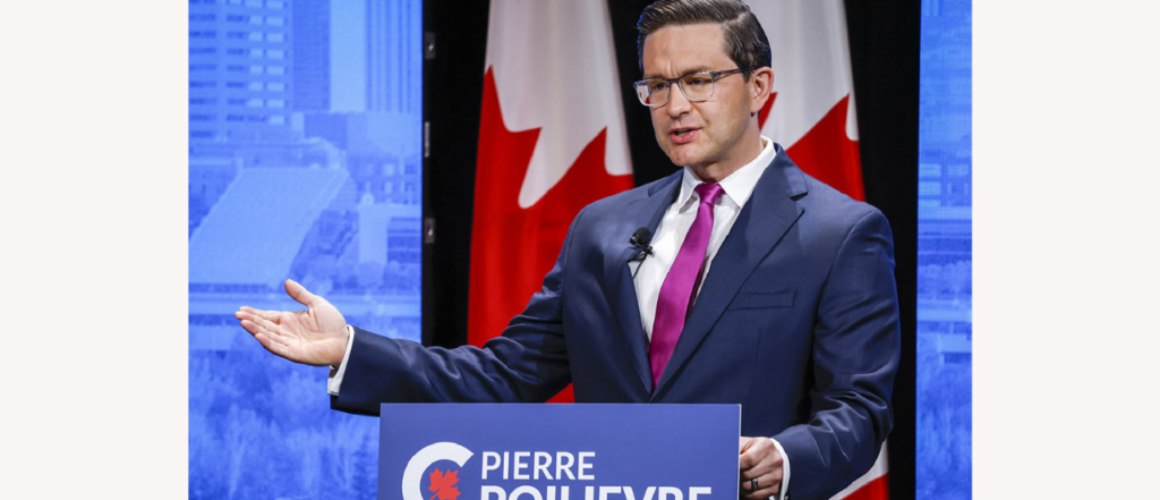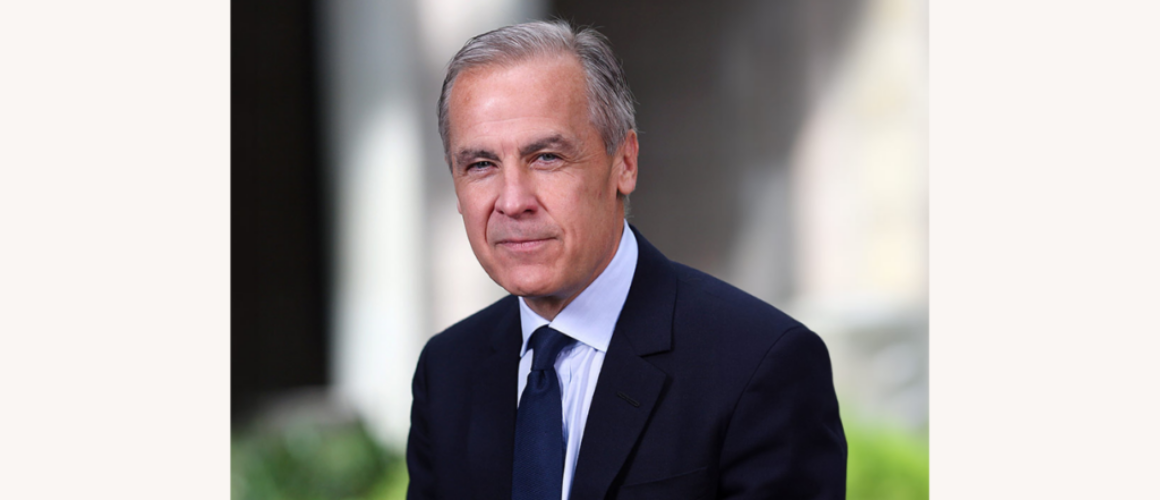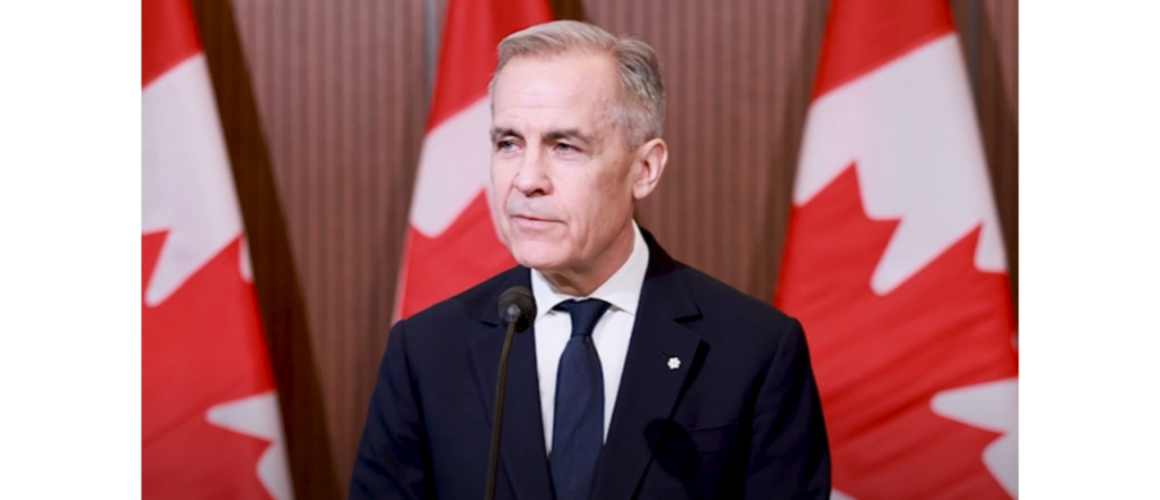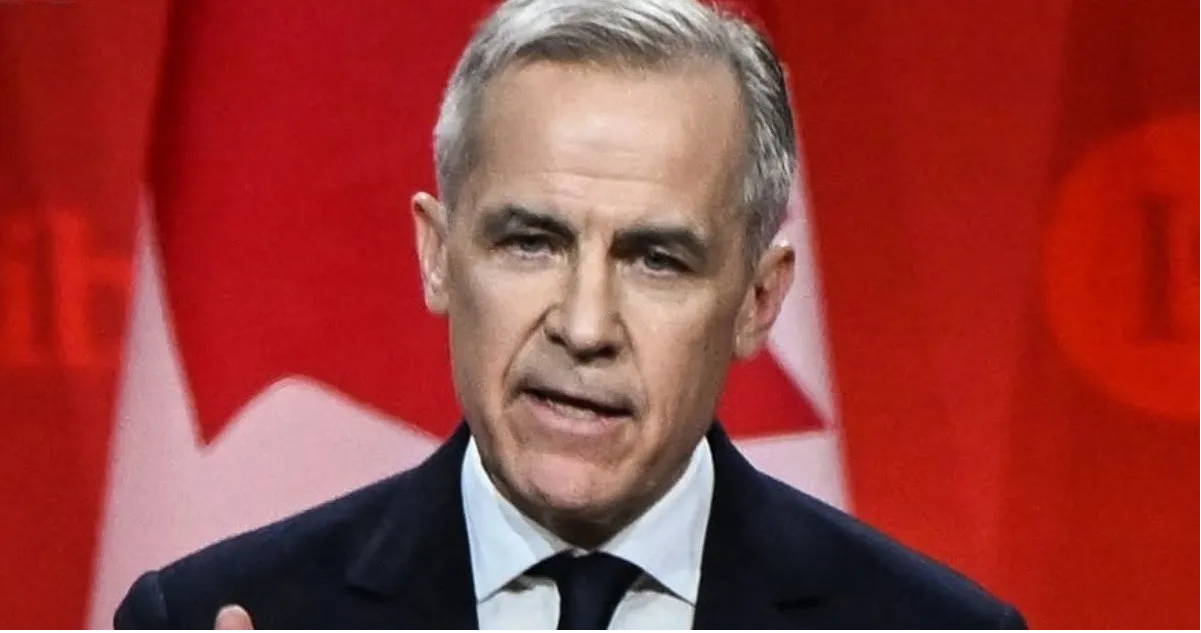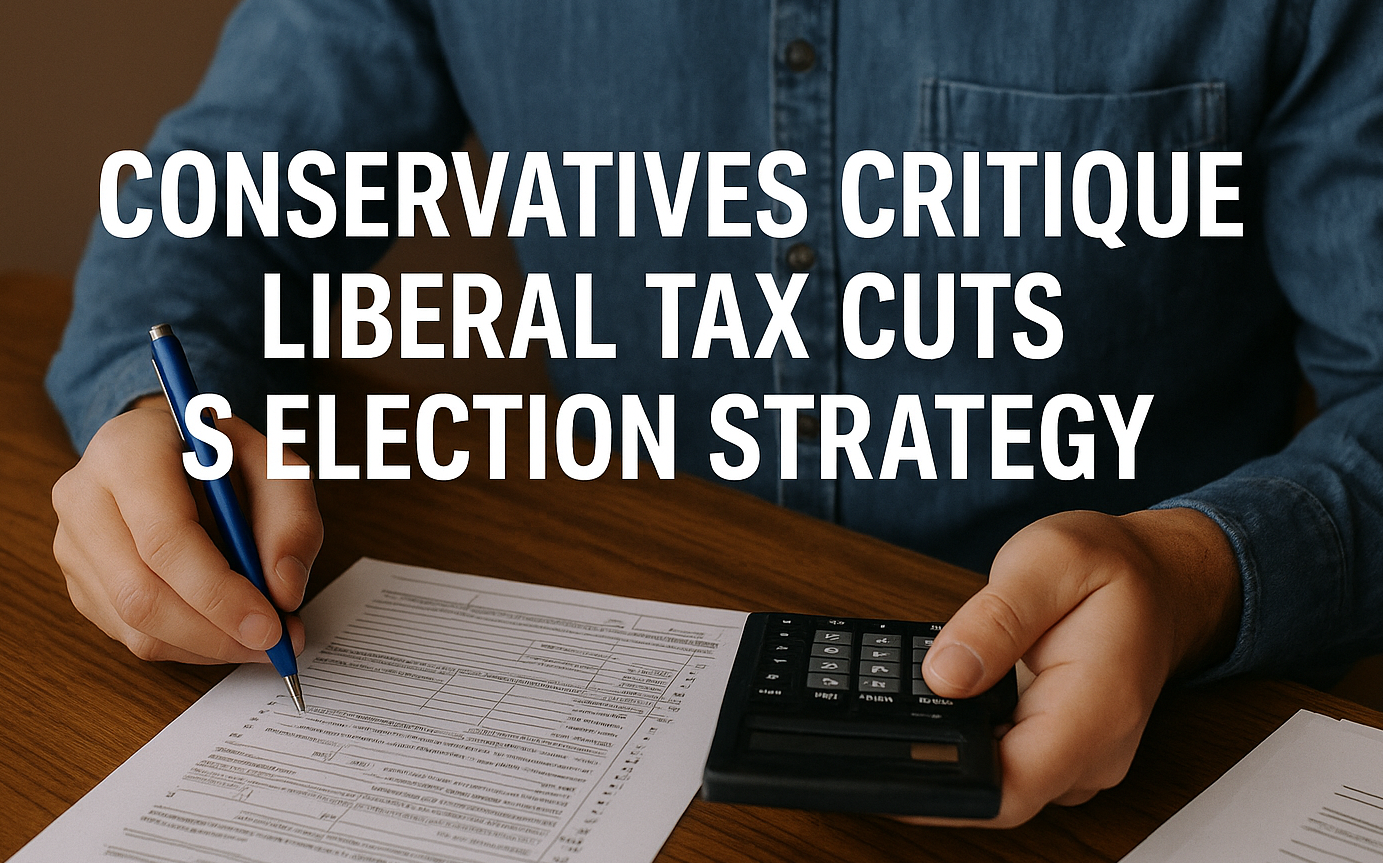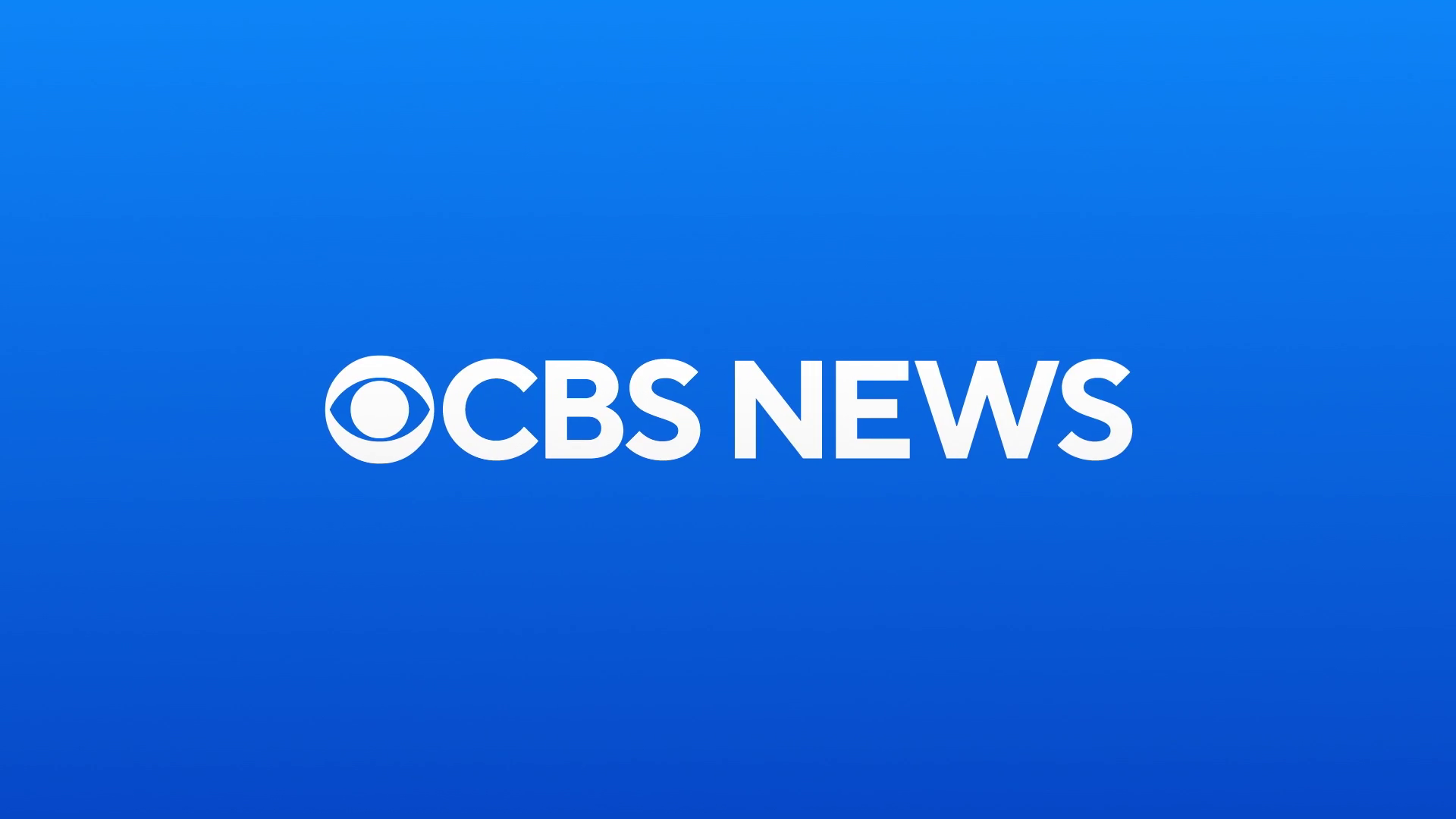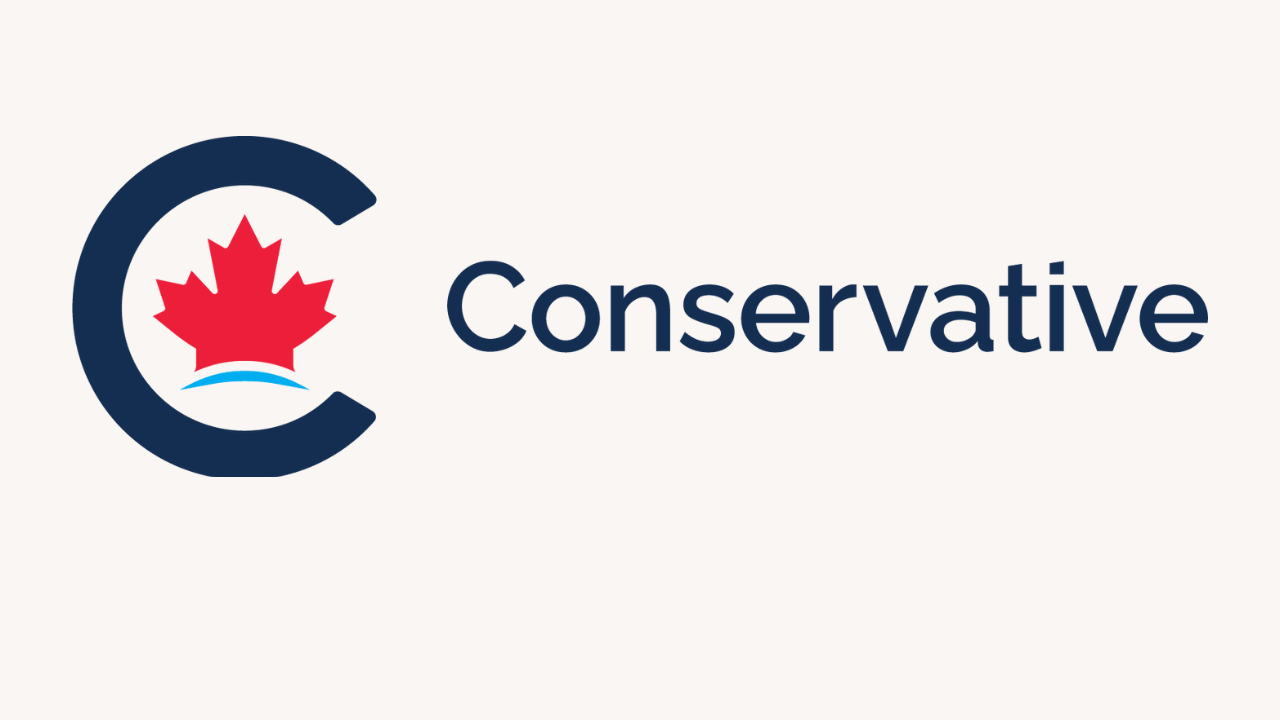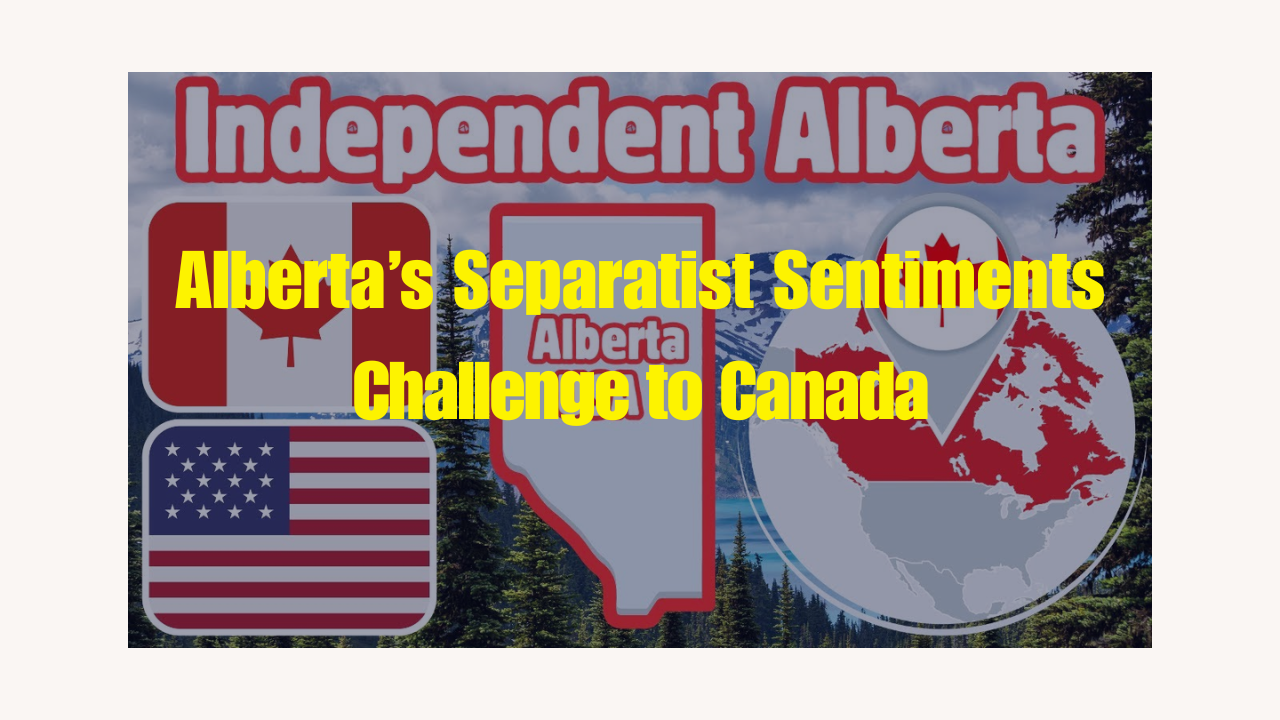From Frontrunner to Fumble: How Pierre Poilievre Lost the 2025 Election
Ottawa, ON – At the beginning of 2025, few would have predicted the dramatic collapse of the Conservative Party’s electoral prospects. With a commanding 20-point lead in January, Pierre Poilievre appeared poised to become Canada’s next prime minister. Political strategists, pollsters, and even his opponents were preparing for a Conservative majority.
Yet, by April 28, the Liberals had staged one of the most remarkable comebacks in Canadian political history. Under newly appointed leader Mark Carney, the Liberal Party not only reversed the polling gap but secured a parliamentary majority—leaving Poilievre defeated, both nationally and in his own Carleton riding.
This article explores the internal missteps, external factors, and strategic failures that contributed to the Conservatives’ unexpected downfall, and what it signals about the evolving political landscape in Canada.
The Trump Shadow: Guilt by Association
One of the most consistent criticisms Poilievre faced during the campaign was his perceived ideological alignment with former U.S. President Donald Trump. While never overtly affiliating himself with Trump, Poilievre’s populist language, anti-establishment tone, and focus on “freedom” were seen by many Canadians as echoes of U.S. right-wing politics.
When President Trump made international headlines in March for proposing tariffs on Canadian energy and agriculture and made offhand comments about Canada being “part of greater America,” the damage was done. The optics of Poilievre’s conservative nationalism began to blur with Trump’s aggressive annexation-style rhetoric—a comparison that Poilievre’s campaign was slow to counter.
A senior Conservative staffer, speaking off record, noted:
“We underestimated how deeply Canadians still value being different from America. The moment Trump re-entered the scene, it poisoned our brand.”
Liberal Strategy: Carney’s Centrist Coup
The sudden rise of Mark Carney—former Bank of Canada and Bank of England governor—infused the Liberals with technocratic credibility. Carney’s calm demeanor, economic literacy, and rejection of culture war politics made him a safe and sensible choice for centrist and undecided voters, including many disillusioned NDP supporters.
Carney ran a campaign centered on stability, economic modernization, and climate realism, offering a vision that felt more “21st-century ready” compared to Poilievre’s libertarian rhetoric. His ability to frame the Conservatives as economically reckless—especially by emphasizing the risk of “austerity politics” in a fragile global economy—struck a chord with older and suburban voters.Campaign Execution: Timing and Tactics Gone Wrong
Several strategic miscalculations further hampered Poilievre’s momentum:
-
Late Platform Release: The Conservative platform was released just 18 days before the election, leaving little time for media digestion or voter persuasion.
-
Media Avoidance: Poilievre skipped major press opportunities, including a declined invitation to Joe Rogan’s podcast, where he could have reached a younger, ideologically diverse audience.
-
Digital Misfires: While his YouTube strategy had worked well pre-campaign, it failed to evolve during the national race, resulting in diminishing returns and stagnant reach.
In contrast, Carney embraced mainstream and alternative media, giving long-form interviews, op-eds, and policy deep-dives that boosted his credibility and visibility.
The Final Blow: Carleton Defeat
The most shocking symbol of Poilievre’s fall was his loss of the Carleton riding, which he had held since 2004. It wasn’t just a seat—it was a conservative stronghold. His defeat by a Liberal newcomer with strong local roots sent a clear message: even in traditional Tory territory, voters were ready for a new narrative.
Poilievre’s concession speech, though composed, hinted at bitterness toward “foreign influence,” “media bias,” and “elitist narratives”—a tone some described as unrepentant, others as disconnected.
What’s Next?
Pierre Poilievre has since announced his intention to run in a Battle River–Crowfoot by-election in Alberta, widely considered one of Canada’s safest Conservative ridings. While the move may secure his return to Parliament, it also symbolizes a retreat from swing-riding relevance to ideological comfort zones.
Within Conservative circles, quiet discussions about leadership renewal are beginning. Will the party double down on populism, or return to pragmatic conservatism rooted in policy discipline?
Either way, the 2025 election marks a watershed moment: the failure of a high-profile populist in a country that still favors moderation over firebrands.
